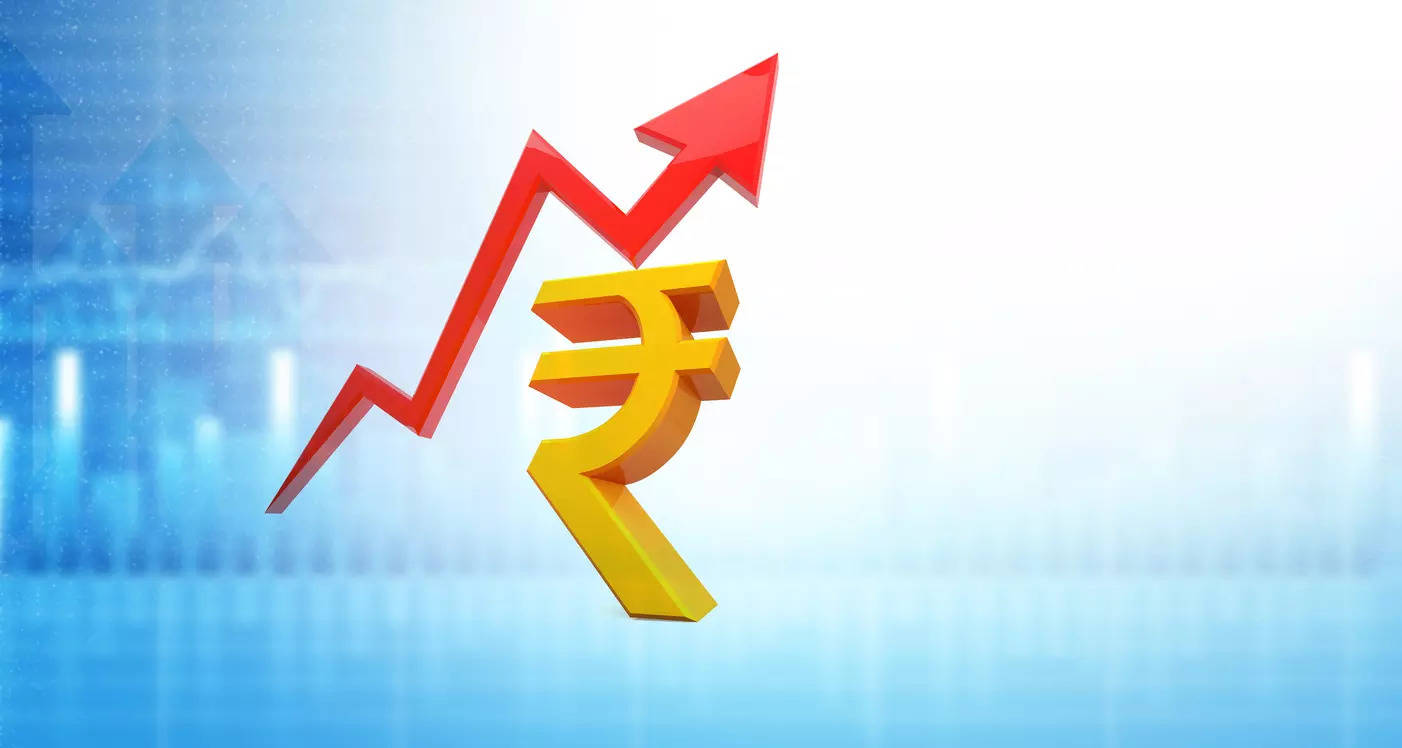
India’s economic growth quickened to 6.2% in the third quarter of FY25 from 5.4% in the previous quarter, aided by rural consumption following a good monsoon and higher government spending. However, the Indian economy stares at trade risks from Trump tariffs while its growth prediction for this fiscal year continues to be a big worry for its ambitious target to become the world’s third largest economy by 2030.
As per the First Revised Estimates, Real GDP has grown by 9.2% in the financial year 2023-24, which is highest in the previous 12 years except for the financial year 2021-22 (the post-covid year).
Despite the on-quarter recovery, India’s economic growth remains lower than the 8.6% recorded in the same quarter last year. Asia’s third largest economy saw a sharp slowdown in the July to September quarter, with GDP growth slipping to the slowest pace in seven quarters.
The third quarter growth print also lagged Reserve Bank of India’s projection of 6.8%. An ET Poll and a Reuters survey had both suggested growth rate of 6.3% in the third quarter.
India remains the fastest-growing major economy, but its expansion still falls short of the 8% pace economists consider necessary for Prime Minister Narendra Modi to achieve his ambitious goal of making the country a developed nation by 2047.
The Indian economy is now projected to grow 6.5% in this fiscal year that ends on March 31, according to the second advance estimates, indicating a sharp slowdown from the 8.2% growth recorded in FY24. The first advance estimate had predicted growth in FY25 to slow to a four-year low of 6.4%.
Moreover, India faces uncertainties over its trade with the US as the Donald Trump administration threatens to upend global trade with reciprocal tariffs.
“The near-term impact of tariffs on growth might be small, with asymmetric sectoral implications,” Radhika Rao, an economist at DBS Bank wrote in a February 25 note.
The central bank in its latest monetary policy had cut India’s growth forecast for 2024-25 to 6.6% from 7.2%. The government expects 6.4% growth for current fiscal year— the weakest pace since the pandemic.
A World Bank report also said India must sustain an average growth rate of 7.8% in the coming decades to achieve high-income status.
Government spending
After a slowdown during the elections, the government increased spending on infrastructure in the final three months of 2024. Official data showed the government spent Rs 2.7 lakh crore on roads, ports and highways in the quarter. It used 61.7% of its budgeted capital spending in the first nine months of the financial year, compared to 37.7% until September.
Rural consumption also likely improved during the festive season of Diwali, with farmers benefiting from surplus rains and a bumper harvest.
Outlook
Economists expect growth to pick up in the coming financial year, with a median GDP growth forecast of 6.6%. The estimates range between 5.9% and 7%. “There will be improvement in GDP growth, in part benefiting from low base, lower cost of capital driving investment demand, and consumption support from the income tax cuts announced in the budget,” said Aastha Gudwani, India chief economist, Barclays.
To stimulate the economy further, Finance Minister Nirmala Sitharaman announced record tax cuts of Rs 1 lakh crore in the Union Budget earlier this month, just days before the central bank reduced interest rates for the first time in almost five years. Central bank policymakers expressed concern that economic growth would be damaged by excessively restrictive monetary policy.
The urban demand slide will be arrested in FY26 and rural demand will gain further momentum, which will provide the delta for growth, said Gaura Sen Gupta, chief economist at IDFC First Bank Economic Research. However, she cautioned that government expenditure will need to play a crucial role in driving growth, given global uncertainties. Private capital expenditure expansion may take time, with risks stemming from external factors and implications of potential tariffs on India’s goods exports.










